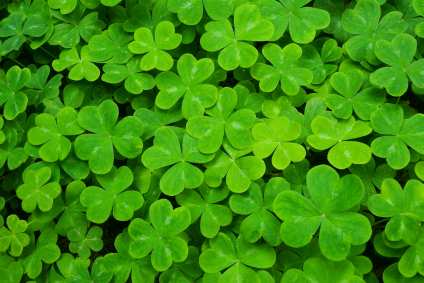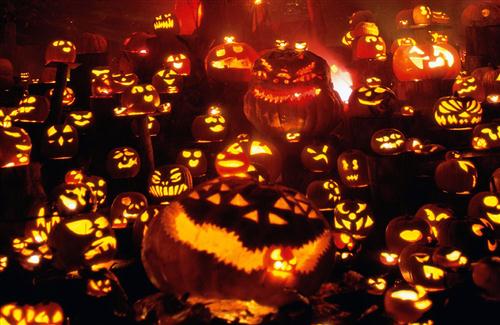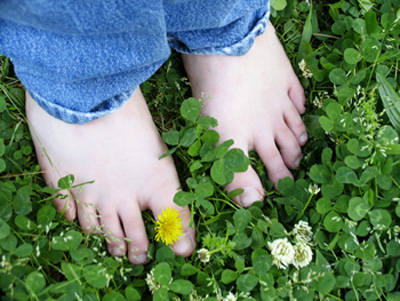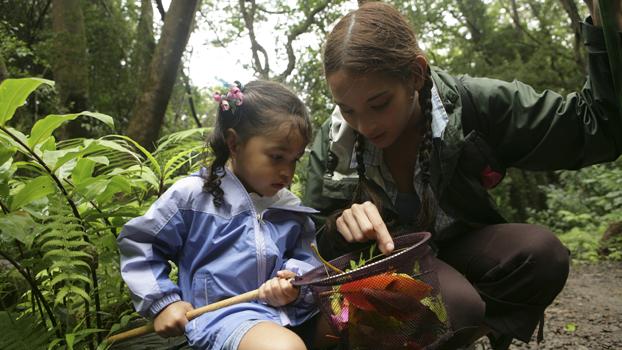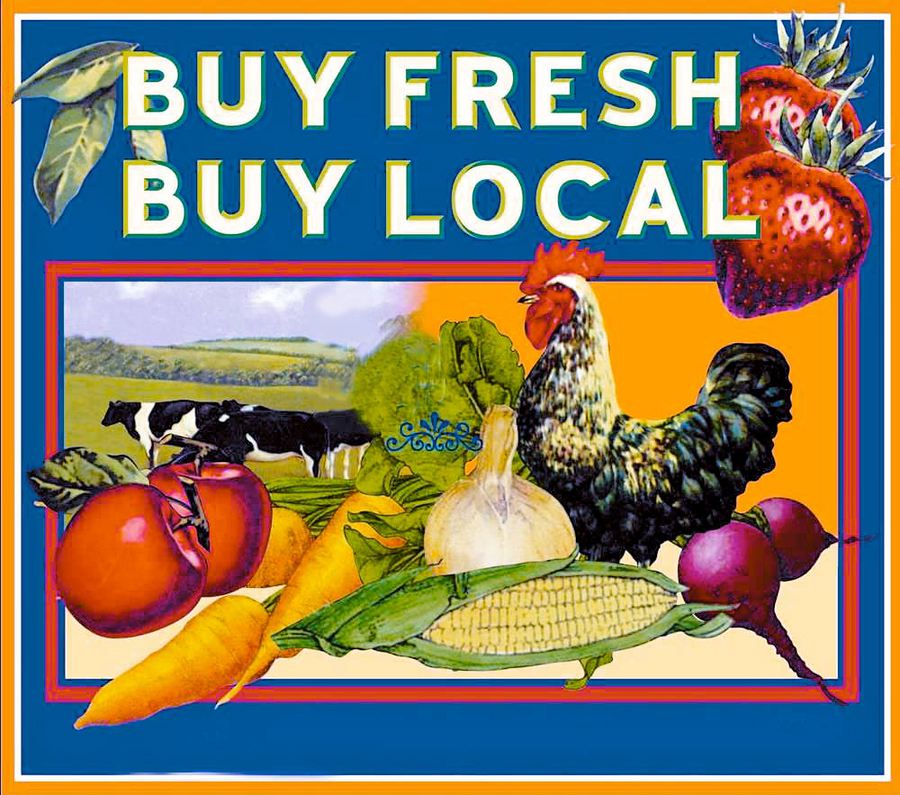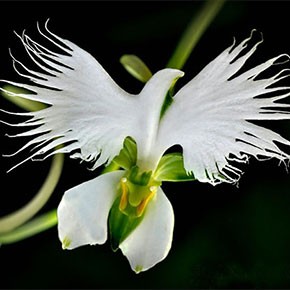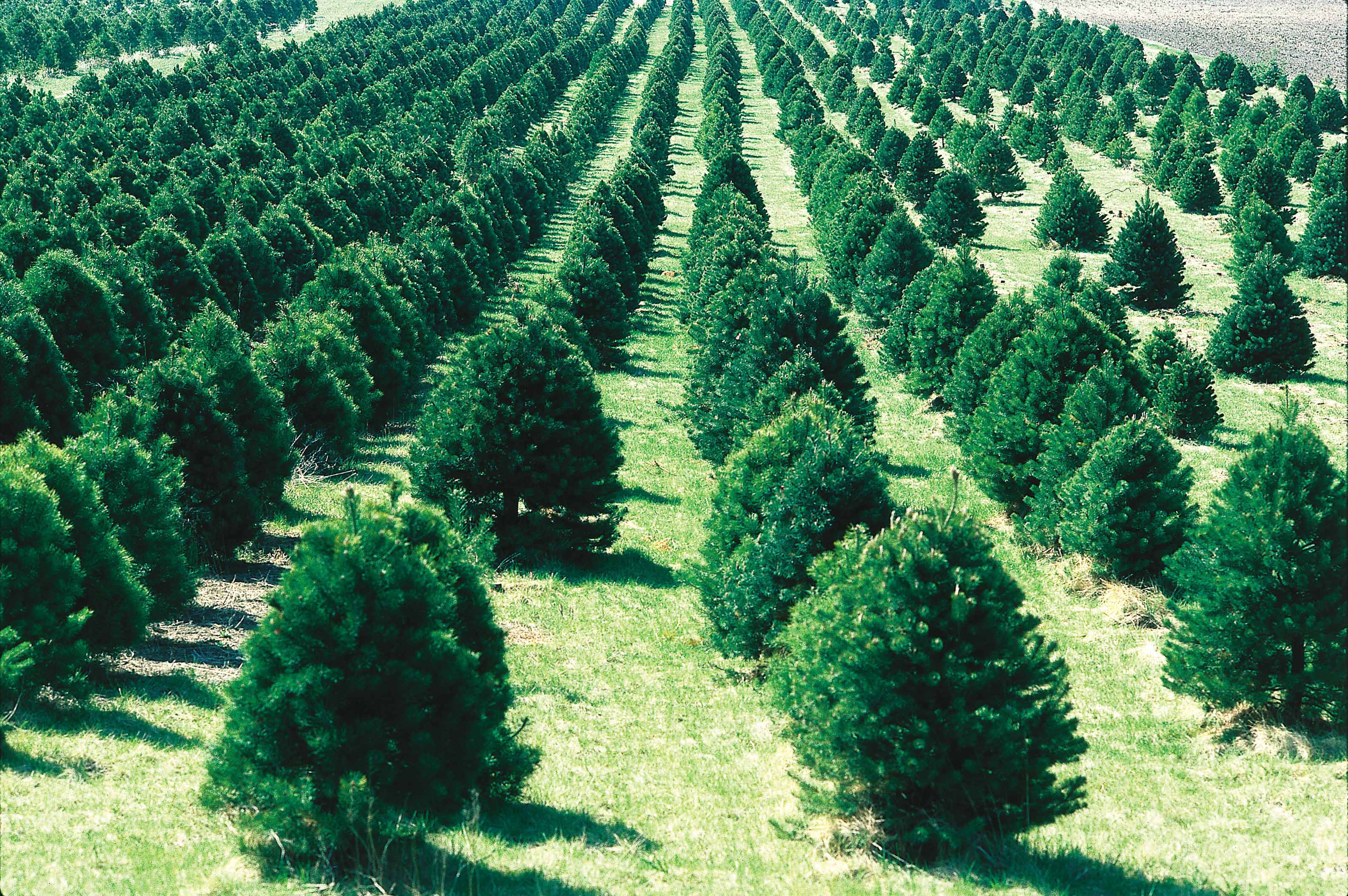Biophilia
Thirty six million Americans claim at least a little bit of Irish ancestry, myself included. Over 80 million people worldwide claim an Irish family connection. No wonder St. Patrick’s Day is more popular outside Ireland: the total population of the country is just 4.8 million people.
We love St. Patrick’s Day at Good Earth Plant Company, because it’s all about the green! Anything that gets people thinking green and about plants is something we support, whether we are Irish or not.
The truth is that blue was the color traditionally associated with Ireland, and the color most often connected with the real St.… Read More
Let’s Make San Diego A Biophilia Hub
Leaders from 40 of the best large gardens in North America came to San Diego last week for the Directors of Large Gardens Conference at the San Diego Botanical Garden in Encinitas. When I opened my San Diego Union-Tribune on Saturday, I was glad to see an article about the meeting by reporter Phil Diehl, and I especially loved the headline: “Stressed? You may need some nature.” Right up my alley. It’s worth reading.
As many good things as the article covered, there were so many other great topics it couldn’t fit in. Many are the things we write about here in this blog: biophilia, bioinspiration, biomimicry, author Richard Louv’s concept of “nature deficit disorder,” the new Wellbeing Standards – I could go on.… Read More
Join the #OptOutside Movement on Black Friday
Recently it seems like we barely get to clear the Thanksgiving dinner table before the madness known as Black Friday hits us. So I was one of many people who loved REI’s announcement on October 27 it would not just close its stores in Black Friday and give their 12,000 employees the day off, but it would also encourage all of them to enjoy outdoor activities with family and friends.
What a concept, putting Nature at the center of your Thanksgiving holiday. We could all use a reason to burn some calories after chowing down Thursday night.
I’m not naïve enough to think there wasn’t a bit of public relations genius behind this.… Read More
Good Earth Plants Presents Pumpkin Power Halloween Trivia
Halloween is on Saturday. For most Americans, you can’t have Halloween without pumpkins. Displaying a pumpkin or carving one into a traditional Jack-O-Lantern is a popular Halloween tradition.
We are out of our gourd about pumpkins at Good Earth Plant Company. In honor of this festive fruit (yes, it’s a fruit and not a vegetable), we present our Pumpkin Power Trivia. Orange you glad?
The tradition of carving pumpkins started in Ireland. The Irish originally used turnips and sometimes potatoes. They carved ugly faces into them to ward off evil spirits. When Irish immigrants came to America, they switched to pumpkins, which were larger and easier to carve.… Read More
Prescribing Nature as the Cure: Ecotherapy
When I first started writing this blog over two years ago in 2013, one of the first topics I wrote about was the concept of biophilia, the study of the connection between human beings and nature. I’m sure a lot of people thought the idea was a little “out there.”
We have come a long way in thinking about how nature affects our well-being in that time. This month, the respected magazine The Atlantic published an article called “The Nature Cure.” It is all about the growing practice of medical professionals including mental health specialists actually prescribing nature to their patients to help treat their ills.… Read More
Quiz: Are You Getting Enough Vitamin N – as in Nature?
If you’re a regular reader of our Good Earth Plant Company blog, you know one of our favorite topics to write about is the connection people have to nature and how much nature influences our well being. We learn more on an almost daily basis how important it is for all of us to integrate the natural world into our urban lives in the workplace and at home.
Wouldn’t you like to know how well you’re doing, and what specific things you should do to increase the presence of nature and plants in your life? We found this ingenious little quiz put together by some smart people at the University of Minnesota’s Center for Spirituality & Healing.… Read More
Getting Schooled about Plants, Nature, Biophilia and Wellness
Architects designing today’s hospitals are merging art and evidence-based research to create environments that promote health and healing. Views of nature, natural light, earth-toned color schemes and the sounds of nature all help patients heal more quickly, and they suffer less from depression or side effects.
Starting with a study in 2002 by University of Texas professor Roger Ulrich which we have written about before, there are now over 1,000 studies and they all prove the same thing. Plants and nature promote healing. It’s serious science and it is finally starting to be taken seriously.
This week, the San Diego Business Journal published an article about changes in the approach to architectural design of hospitals and other healthcare facilities to put these principles into practice.… Read More
Urban Agriculture: Why Eating and Buying Local Matters to the Planet
We get asked a lot to create edible walls and green roofs that are roof top farms. I recently ran across this thought-provoking article, thought-provoking for me at least as a person who thinks a lot about our relationships to plants, nature and the Earth.
This research in this article shows 90 percent of all the people in the United States could eat foods grown within 100 miles of home. The study was conducted by two engineering professors at the Sierra Nevada Research Institute run by the University of California at Merced. Read it here.
Many people have talked about the need to support local food supplies for many reasons.… Read More
Freaky Friday Orchids
Our most popular blog post of all time is our Monkey Faced Orchids post. You can’t get enough of our photos of orchids that look like monkey faces. They really do!
Orchids, like all flowers, exist in nature to facilitate pollination to continue their species. Flowers develop over time to attract certain friendly insects and birds, and to repel others. Some welcome bees, some are perfect for hummingbirds. The result of this functional need are orchids that look like bees, birds, and people. Even their colors develop in a way to attract the most desirable pollinators with the message “Hey everyone, tasty nectar right here!”… Read More
Naughty or Nice: Good Earth Plants Gets Into The Christmas Tree Debate
The debate about real versus artificial Christmas trees used to be all about authenticity versus convenience. But these days, it’s also about which tree is truly the most earth friendly.
The debate rages on, starting up every year about this time. It never seems to be settled, because both options have their naughty and their nice aspects.
Believe it or not, the first artificial Christmas trees were made from toilet brush bristles in the 1930s by the Addis Brush Company, true – and eww! But don’t worry, most of today’s trees are made from metal and PVC, a petroleum based plastic product.… Read More

